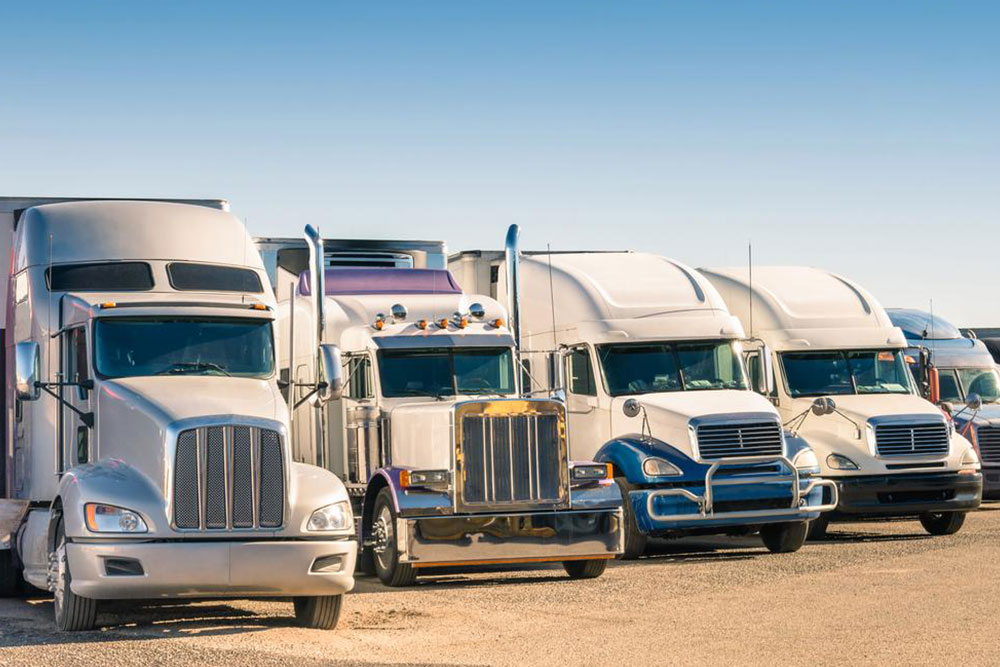Guide to Careers in Truck Driving: Requirements and Opportunities
Explore essential information about truck driving careers, including licensing requirements, training procedures, and job opportunities. Learn how to qualify for trucking jobs, understand scheduling options, and find out which roles might suit your circumstances. This guide aims to assist aspiring drivers in beginning their trucking careers with confidence.

Guide to Careers in Truck Driving: Requirements and Opportunities
Truck driving careers differ from regular driving roles, as they often involve operating heavy-duty vehicles and transporting various goods that may require specialized training. Many truck driving jobs involve unconventional hours, including late nights or early mornings, which can impact personal time with family. Luckily, numerous trucking positions offer flexible schedules.
Essential License: Commercial Driver’s License (CDL)
To work as a truck driver, obtaining a CDL is mandatory. This license certifies that the driver has the skills necessary to operate large vehicles like trucks and buses. Depending on the specific job, drivers may need additional endorsements on their CDL, indicating what types of vehicles they are qualified to drive.
CDL Training
Achieving a CDL requires completing specialized training that covers both practical driving skills and theoretical knowledge. Training programs vary but generally prepare drivers for real-world trucking responsibilities. Not all trucking-related roles demand a CDL; some delivery positions may accept drivers without one, based on hours, regulations, and company policies. If you lack the resources or time for CDL training, search for jobs that do not require this certification to start your trucking career.
Note:
This blog offers useful insights into various career options in trucking, supported by thorough research. However, it shouldn’t be considered as the final authority—regulations and job requirements can differ across regions and companies. Users should verify details independently and remain aware of potential schemes or offers that may benefit their career pursuits.









